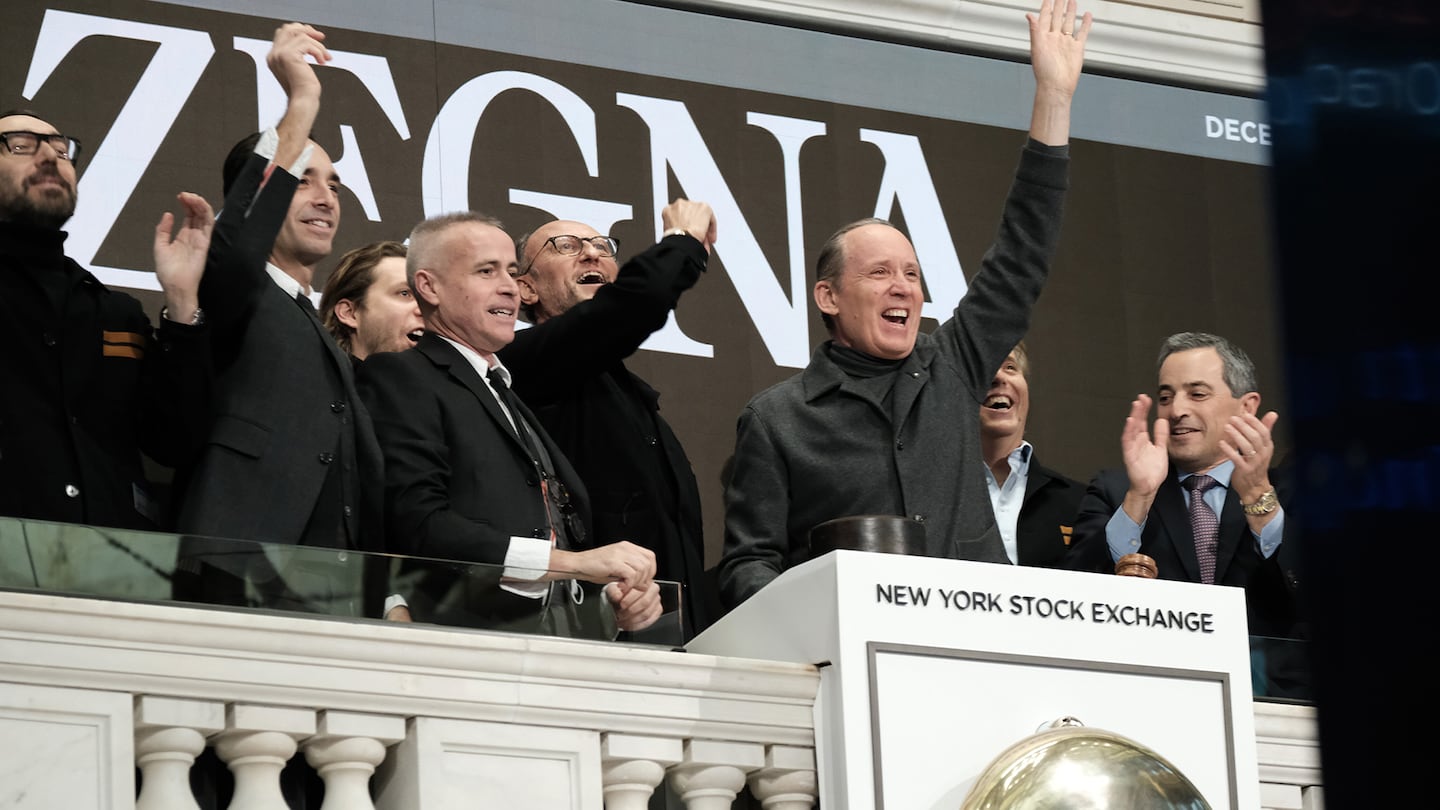
The Business of Fashion
Agenda-setting intelligence, analysis and advice for the global fashion community.

Agenda-setting intelligence, analysis and advice for the global fashion community.

Seemed Like a Good Idea at the Time
For a period between 2020 and the end of last year, you couldn’t go more than a few days without seeing headlines about a fashion or beauty brand planning an IPO. Many did go public last year, including Allbirds, Olaplex and Zegna. But plenty of other companies hinted at an exit, or even filed the paperwork, late last year or in early 2022, and have yet to ring the bell at the New York Stock Exchange. It’s no mystery as to why: between soaring inflation, rising interest rates and a worsening economic outlook, investors are taking fewer risks. Many were also burned by the poor performance of the last wave of fashion IPOs.
Where does that leave all those brands, publishers and tech start-ups whose founders and investors are eager for an exit? For some it’s a matter of waiting out the current market turbulence; hot brands like Savage X Fenty or those in L Catterton’s portfolio will still appeal to investors once the economic outlook stabilises, whether that’s later this summer, early next year or even beyond. Others, including direct-to-consumer brands that relied on burning cash to acquire new customers, may have missed their window and will need to sell at a fraction of their peak valuation, or fold entirely.
The Bottom Line: For many, if not most of these companies, the future probably falls somewhere in between those scenarios. Their fate may resemble that of Klarna, which was forced to raise funding at a sharply reduced valuation but could still emerge as a big winner in the financial services category if it can ride out its current rough patch.
ADVERTISEMENT
What Recession?
There may be signs of an economic downturn on the horizon, but that doesn’t seem to have dented the appetite for designer bags. A soon-to-be-released BoF Insights report finds that the category is set to grow from $72 billion in sales this year to $100 billion by 2027.
The findings, based in part on surveys of US and Chinese consumers conducted last month, are also a sign that luxury brands’ move to hike prices on their most desirable bags is paying off. At Chanel, for example, the popular 2.55 bag costs nearly double what it did five years ago. Among wealthy US consumers BoF surveyed, nearly half said price increases were justified by brands’ inflated costs, and 19 percent actually thought higher prices made the bags more desirable. Tellingly, 60 percent didn’t think prices had increased significantly at all. Some consumers interpret rising prices as a signal that they should see a wider variety of bags as investment pieces, an attitude once reserved for the Hermès Birkin and few other models.
The Bottom Line: Download the full report from BoF Insights on July 20 to access proprietary data to sharpen your bags and small leather goods strategy, then join us on July 21 for a special #BoFLIVE event in which we’ll break down the report’s findings.
- Hannah Crump contributed to this item
The Week Ahead wants to hear from you! Send tips, suggestions, complaints and compliments to brian.baskin@businessoffashion.com.
In 2020, like many companies, the $50 billion yoga apparel brand created a new department to improve internal diversity and inclusion, and to create a more equitable playing field for minorities. In interviews with BoF, 14 current and former employees said things only got worse.
For fashion’s private market investors, deal-making may provide less-than-ideal returns and raise questions about the long-term value creation opportunities across parts of the fashion industry, reports The State of Fashion 2024.
A blockbuster public listing should clear the way for other brands to try their luck. That, plus LVMH results and what else to watch for in the coming week.
L Catterton, the private-equity firm with close ties to LVMH and Bernard Arnault that’s preparing to take Birkenstock public, has become an investment giant in the consumer-goods space, with stakes in companies selling everything from fashion to pet food to tacos.